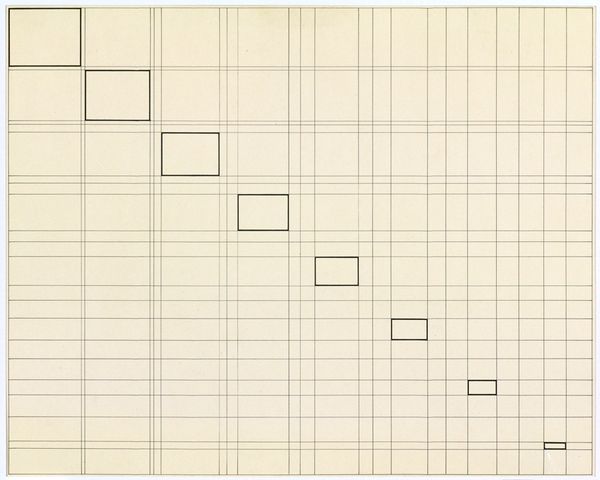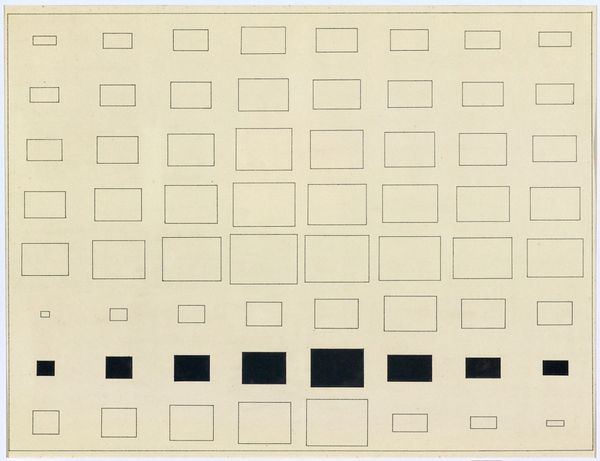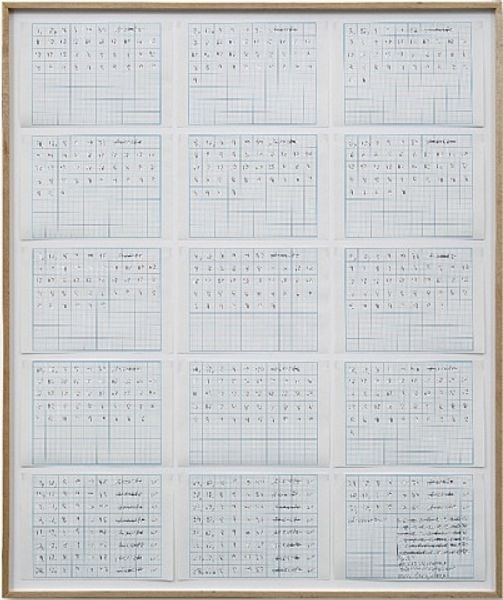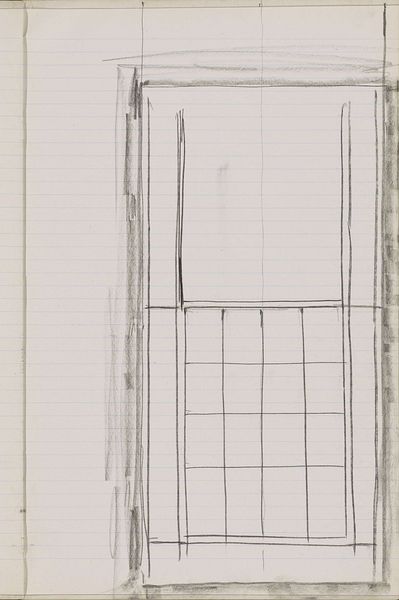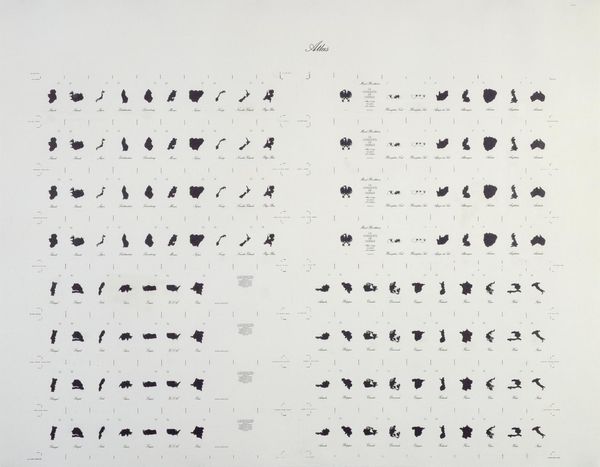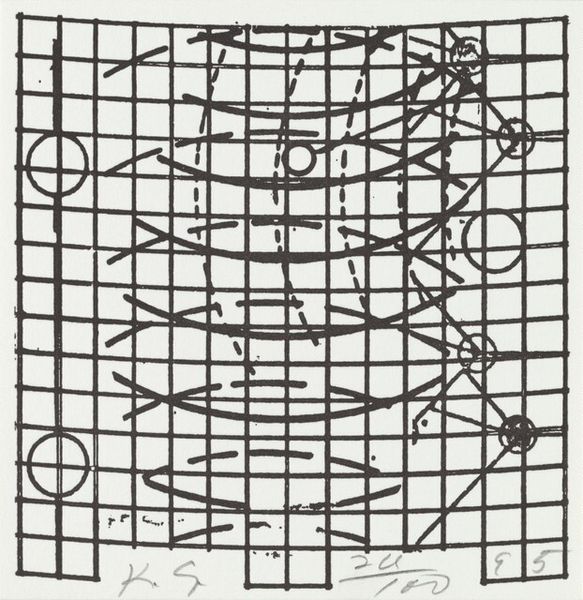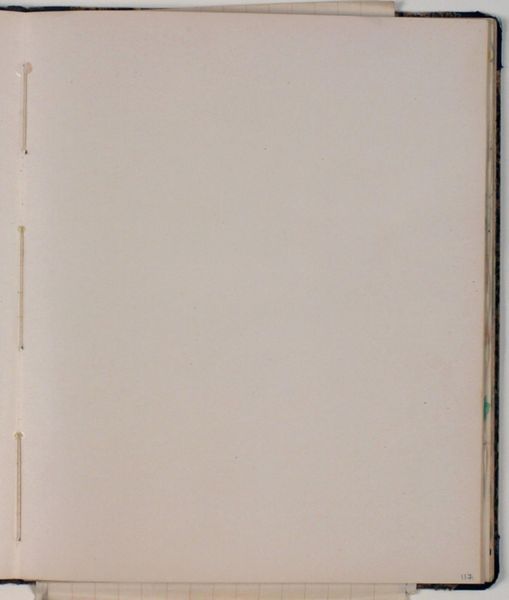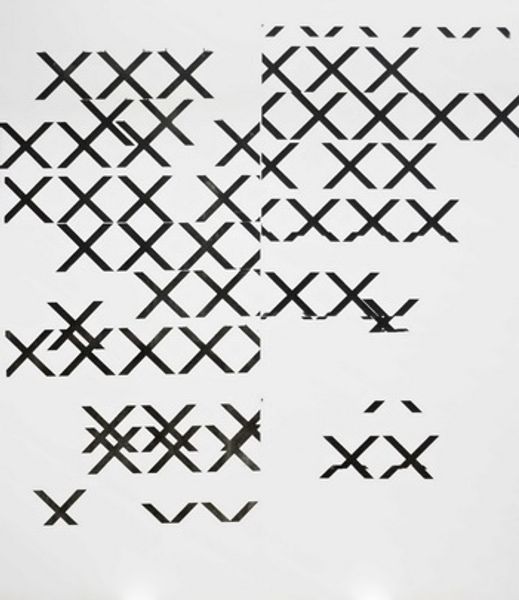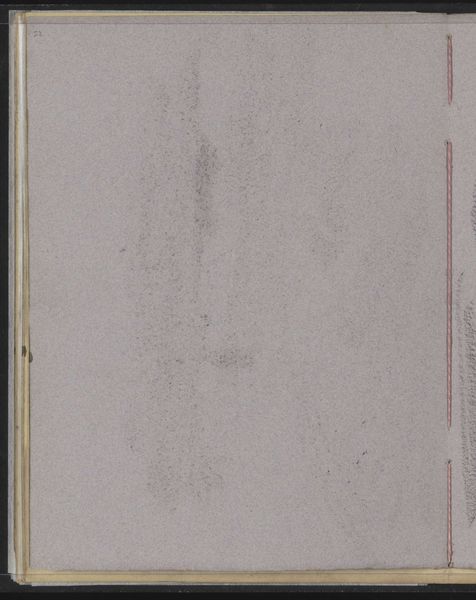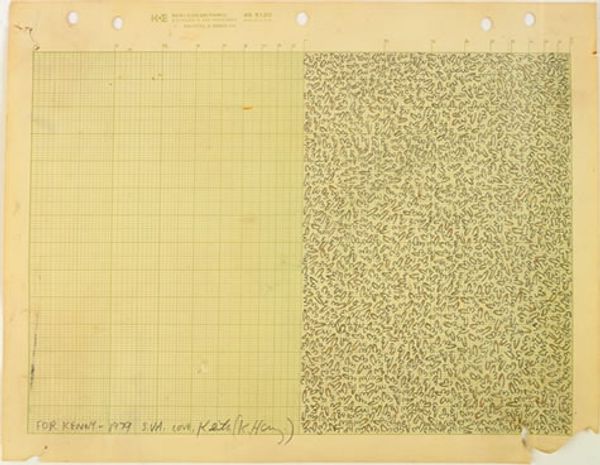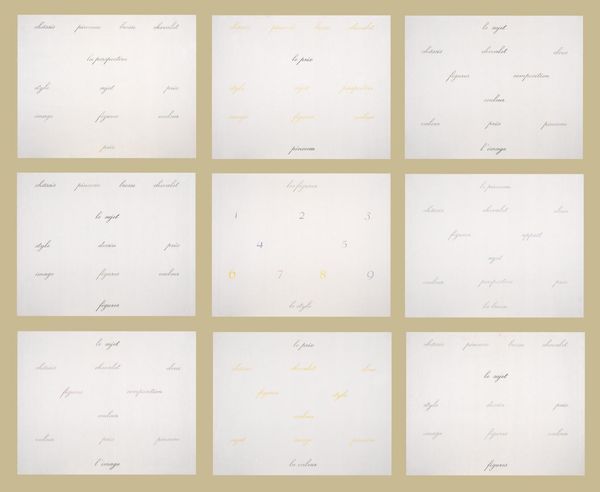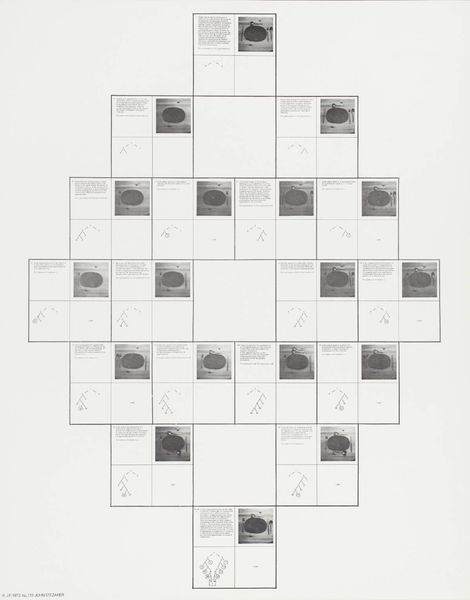
drawing, paper, serial-art, ink
#
drawing
#
hand written
#
conceptual-art
#
paper
#
text
#
serial-art
#
ink
#
hand-written
#
geometric
#
line
#
handwritten
Copyright: Hanne Darboven,Fair Use
Curator: Welcome. We’re looking at "III 15 Din 14," a work on paper created with ink by Hanne Darboven in 1989. Editor: My first impression is a kind of mesmerizing, almost hypnotic grid. It's meticulously hand-drawn, a field of numbers contained within what appear to be individual frames. Curator: Exactly. Darboven's practice revolves around repetitive, serial mark-making as a means to explore concepts of time, memory, and cultural coding. This is representative of her conceptual approach to art. Editor: So, beyond the immediate visual experience, what can we say about the choices Darboven makes, particularly using materials? The graph paper is very much the medium, right? It becomes both surface and structure. Curator: Yes. The use of everyday materials, graph paper and simple ink, places her work within a discourse that blurs boundaries between high art and the supposed mundanity of the everyday. Note also the labor-intensive nature, each number and line contributing to a vast system of information, almost like a strange numerical language that defies easy comprehension. Editor: The repetition has an almost meditative quality but the calculations and handwritten nature introduce an element of imperfection. Does the act of writing them out become an important part of what Darboven is conveying? Curator: Precisely. The handwritten aspect introduces a crucial human element. Despite the numerical coldness, we are constantly reminded of the artist's hand and physical labor, of someone working with repetitive actions to engage with both time and space. The small addition of the handwritten German "Auchte" and little tick mark after each sum further suggests the material engagement. Editor: The materiality points to its deeper meaning. What do you find to be its key significance? Curator: It speaks to an exploration of systems – numerical, cultural, societal. It questions how we organize and quantify experience and the possibility of creating meaningful structures, though they might not always reveal immediate meaning to us. Editor: For me, it has revealed a tension between calculated structure and the human mark – an insight into systems that reflects more broadly on cultural themes, encoded via repetition. Curator: Agreed. There's an open-ended quality to the work that allows each viewer to make their own interpretation of Darboven's conceptual mappings of time.
Comments
No comments
Be the first to comment and join the conversation on the ultimate creative platform.

